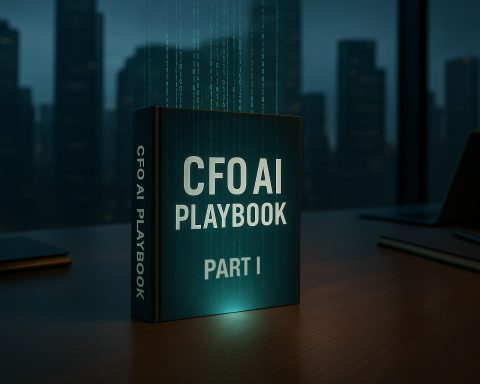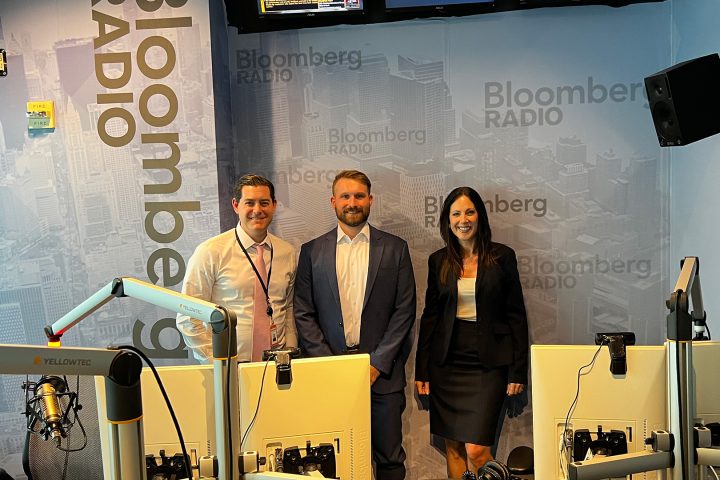h/t to the Shadow Work of Carl Jung
Introduction
We all carry a shadow skin. Not physically, of course, but mentally and emotionally. It is the version of ourselves built over time by pressure, disappointment, fear, and misinterpreted success. For CFOs and executive leaders, this shadow skin functions both as armor and as a burden.
What fascinates me is that it begins as a survival tool. It helps us make it through. It keeps us safe. At some point, though, it becomes something else entirely. It starts serving as a barrier to becoming who we were meant to be as leaders.
What is Shadow Skin?
Colleague:
That is a powerful metaphor. When you say, “shadow skin,” are you referring to outdated habits? Or does it go deeper than that?
Chris:
It goes deeper. Consider what snakes do. They shed their skin not by choice, but by necessity. Growth requires it. That old layer, which once provided protection, eventually becomes too tight. It is constrained. The shadow skin acts the same way. It includes the perfectionism we adopted to avoid criticism, the need for control we justified as accountability, and the silence we maintained because speaking up felt too risky.
It is shaped by real experiences, some painful, others informative, but, like an outdated operating system, it does not support the future we are trying to build.
Colleague:
And specifically for CFOs?
Chris:
For CFOs, the shadow skin often takes the form of extreme rationality. Data is prioritized over empathy. Control takes precedence over curiosity. We begin to use spreadsheets as shields. Precision becomes our default mode, not because it is always required, but because it provides a sense of control in an unpredictable world.
Inside the boardroom, we rely on language that is safe, measurable, and unassailable. Being right becomes synonymous with being effective.
However, that is not leadership. That is a defense mechanism.
Colleague:
That resonates. I have seen CFOs who understand every number, yet have no presence when it comes to cultural or strategic leadership.
Chris:
Exactly. That is the point where the shadow skin becomes a liability. Your job, once centered on accuracy and reporting, shifts toward vision and influence. When that change occurs, the skills that helped you survive earlier in your career can undermine your ability to lead.
If you are still hiding behind data, if you are still afraid of being wrong, you are not leading. You are shielding.
What makes this especially complex is the fact that this behavior used to be rewarded. Early in our careers, we received recognition for precision, for caution, for minimizing error. But at the executive level, those same traits, if left unexamined, can make you expendable.
Letting Go of Old Habits
Colleague:
How does someone begin to let go of that skin?
Chris:
It starts by acknowledging that the protection is no longer worth the cost.
Let me walk through four common behaviors I have seen, and lived, that reveal the presence of shadow skin in financial leadership:
- Hiding behind spreadsheets instead of confronting dysfunction
You sense that a division is struggling. Morale is low. Retention is slipping. Yet instead of asking real questions or walking the floor, you run a new variance analysis and call it insight. What is truly needed is proximity. Proximity to people, not just numbers. But that can be uncomfortable, so we hide behind metrics. - Clinging to perfectionism instead of trusting the team
We hesitate to delegate. We hover. We “review” everything three times. The message, whether intentional or not, becomes clear: I do not trust you to get this right. Many high performers already wrestle with imposter syndrome. Our perfectionism only magnifies that fear. - Using data as a shield rather than a mirror
Dashboards become substitutes for dialogue. We present clean reports but avoid asking, “What are we missing?” Data should invite collaboration, not shut it down. - Choosing financial control over financial clarity
Too many CFOs function as gatekeepers when they should be acting as guides. They mistake tight oversight for leadership. The best financial leaders are clarity creators. They disseminate information instead of hoarding it.
Colleague:
So what happens when a CFO begins to let go of those behaviors?
Chris:
Everything begins to shift. Not all at once, but measurably. You stop leading with defensiveness and start leading with intention. You stop talking first and begin listening with purpose. You stop scanning for mistakes and start seeking meaning.
You transition from:
- Measuring your value through performance to defining it through presence
- Relying on control to operating with clarity
- Telling people what to do to asking what they need to do their best work
And your team notices.
Gallup’s 2022 leadership report showed that teams led by emotionally intelligent finance leaders were 28 percent more engaged and 21 percent more productive. That is not a coincidence. That is evidence of transformation.
Colleague:
Why do so few CFOs embrace that shift? Is it fear?
Chris:
Yes, and more than that. It is identity. We have built entire careers on being the expert in the room. Letting go of that role feels threatening. It shakes the foundation of how we define ourselves.
Yet leadership is no longer about always having the right answer. It is about knowing which questions need to be asked.
The modern CFO must be both analyst and anthropologist. You still need to understand the numbers, but you also need to interpret the signals underneath them. Emotional intelligence has become one of the most undervalued assets in the finance function.
Colleague:
You mentioned earlier that this is not just personal. You said it is also structural. What did you mean?
Chris:
Organizations still promote CFOs based on their technical acumen, not their capacity to lead transformation. They applaud cost control but fail to invest in culture-building.
That trend is beginning to shift. Private equity firms, for instance, increasingly want CFOs who can tell compelling stories, build strong teams, and lead during volatility. It is no longer sufficient to explain a downturn. You must be able to stabilize the company in one.
The Path Forward
Colleague:
What does the path forward look like?
Chris:
It is not a checklist. It is a posture. You must genuinely want to grow. You must be willing to examine how your strengths have calcified into limitations.
Here is a basic framework I use with CFOs and executive leaders navigating this kind of shift:
1. Audit Your Armor
Identify the behaviors you use to protect yourself. Reflect on the beliefs that drive them. Ask which still serve your purpose and which one’s stifle growth.
2. Redefine Strength
Stop equating strength with stoicism. True strength is maintaining openness and clarity, especially when conditions are uncertain. That is where trust is built.
3. Practice Relational Finance
Go beyond transactional reviews. Make space for honest dialogue. Ask your team how they are experiencing the business, not just how they are performing in it.
4. Use Data for Dialogue
Do not treat metrics as declarations. Use them as conversation starters. Say, “Here is what we are seeing. What do you believe is driving it?”
5. Lead Forward from the Inside Out
If you want transformation from your organization, you must go first. Your willingness to be shaped by the work you lead will determine your influence.
Colleague:
So it is internal change first, then external results?
Chris:
Precisely. Financial stewardship has too often been confused with rigidity. The best CFOs are adaptive, emotionally mature, and capable of moving with clarity during both expansion and contraction.
They do not just preserve capital. They build culture.
Colleague:
If someone reading this wants to act right away, what should they do?
Chris:
Start with a simple but powerful question at your next meeting: What is something you are not saying that I need to hear?
Then stop talking. Let the silence do its work.
That is how you begin to shed the shadow skin. Not through a keynote. Not through a re-org. Through one layer at a time.
Final Reflection
The future of financial leadership is not confined to Excel models or budget decks. It lives in our self-awareness, in the conversations we are brave enough to have, and in the habits, we are humble enough to release.
Your team needs more than your technical knowledge. They need your presence. They need your clarity. They need your willingness to walk first so others can follow.
Shedding the shadow skin is not weakness. It is readiness.
If we want our organizations to evolve, we must lead the way.
What shadow skin are you ready to shed?
























